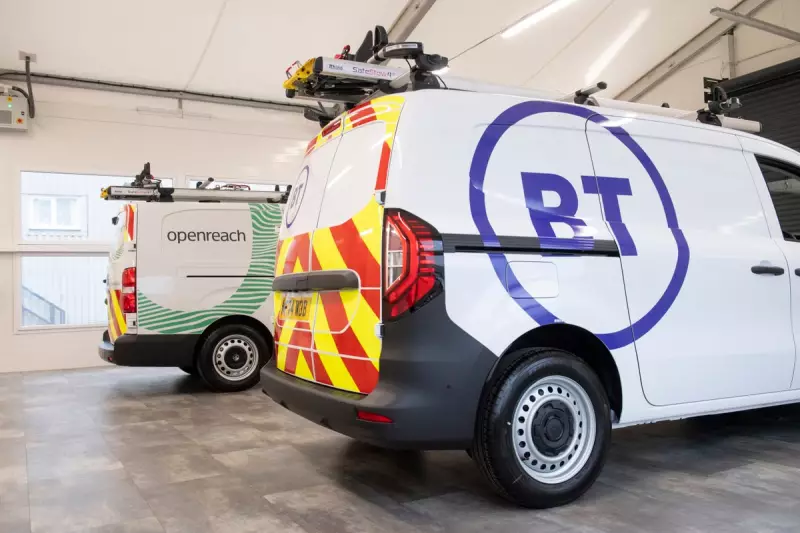
In a significant move that will reshape Britain's telecommunications landscape, BT Group has announced plans to reduce its workforce by up to 55,000 positions by the end of the decade. The sweeping cuts represent nearly 42% of the company's current employee base and form part of an ambitious digital transformation strategy.
The AI Revolution in Telecommunications
The most striking aspect of BT's restructuring involves the replacement of approximately 10,000 roles with artificial intelligence and automated systems. This shift underscores the accelerating impact of technology on traditional employment sectors, particularly in customer service and network maintenance operations.
Chief Executive Philip Jansen confirmed the company's direction, stating that BT is navigating "an unprecedented period of change in the telecoms industry." The move comes as the company completes its national fibre broadband rollout and seeks to streamline operations in an increasingly competitive market.
Broadband Completion and Its Consequences
With BT's Openreach division nearing completion of its nationwide full-fibre broadband infrastructure, the company faces reduced demand for large-scale network construction teams. This technological milestone, while beneficial for consumers, has created a surplus of roles dedicated to network building and installation.
The job reductions will be implemented gradually through 2030, with a combination of voluntary redundancies, natural attrition, and limited recruitment in affected areas. BT has committed to working closely with unions throughout the process to manage the transition responsibly.
Industry-Wide Implications
This restructuring signals broader trends within the UK telecommunications sector, where companies are increasingly leveraging automation to maintain competitiveness. The move follows similar efficiency drives by other major telecom providers facing similar market pressures.
Analysts suggest that while the short-term impact on affected employees is significant, the long-term strategy positions BT to compete more effectively against emerging digital rivals and adapt to evolving consumer demands for faster, more reliable connectivity services.





